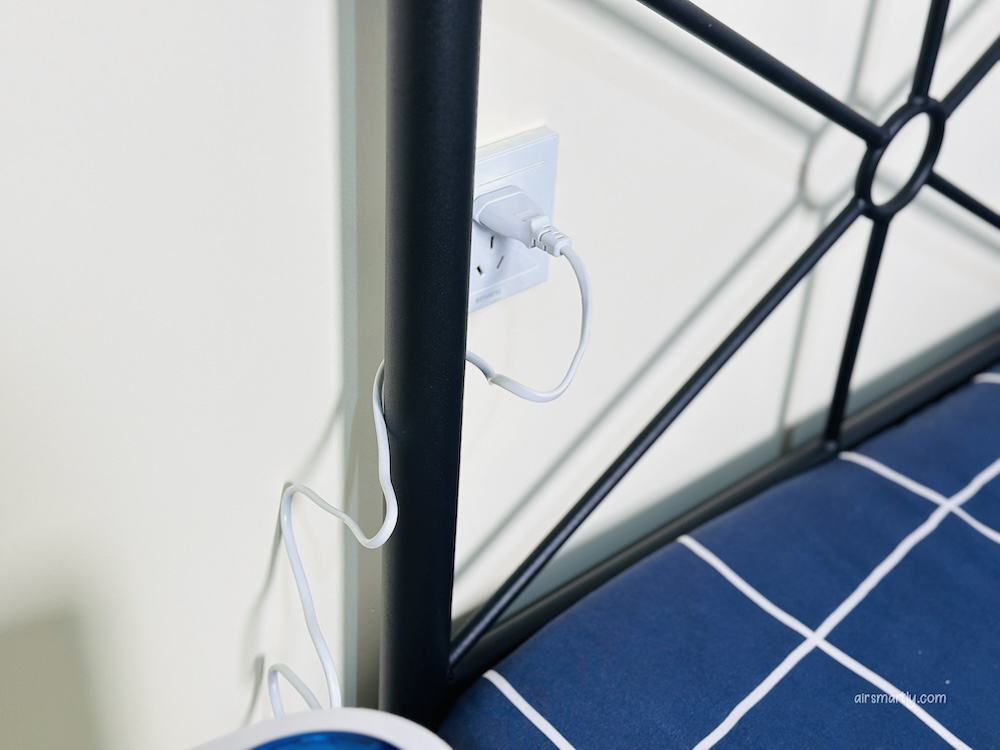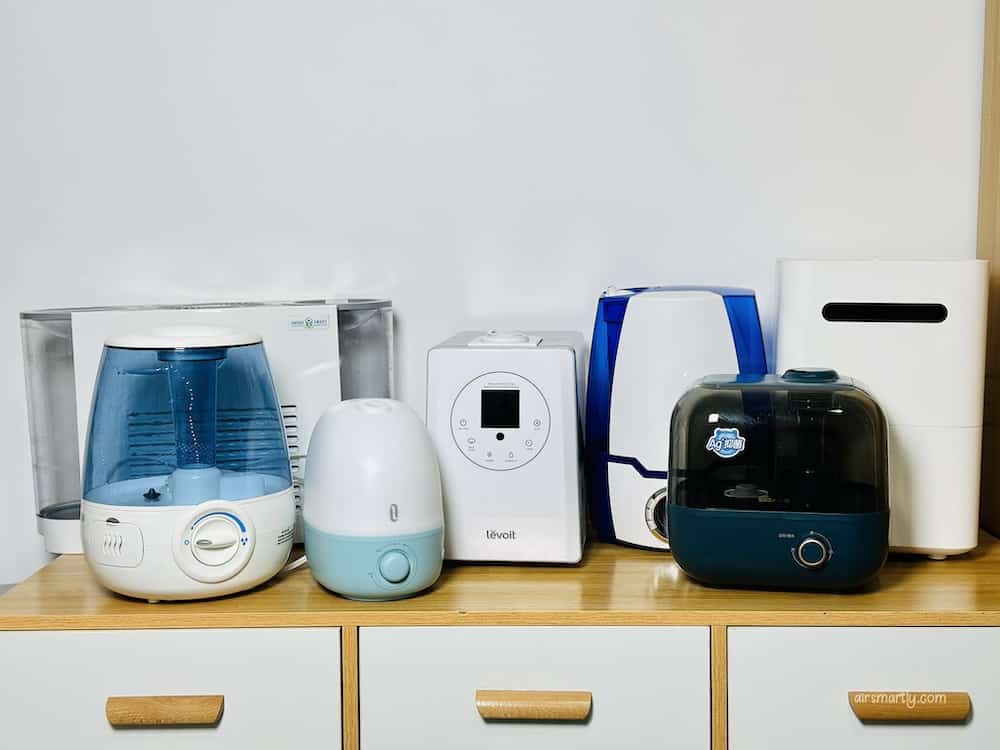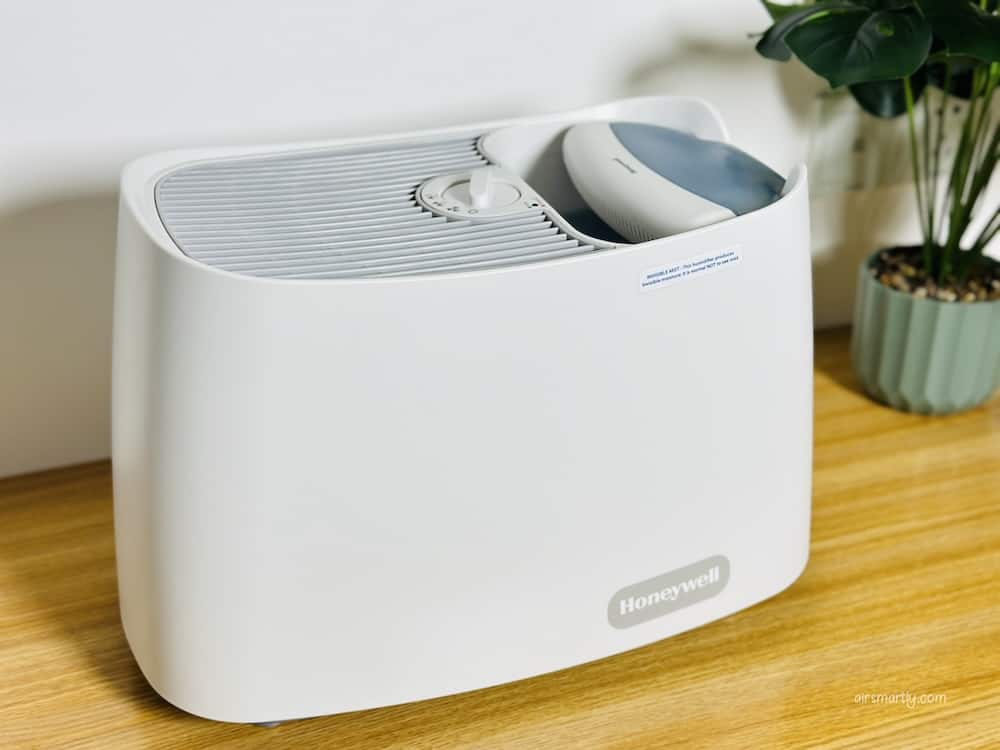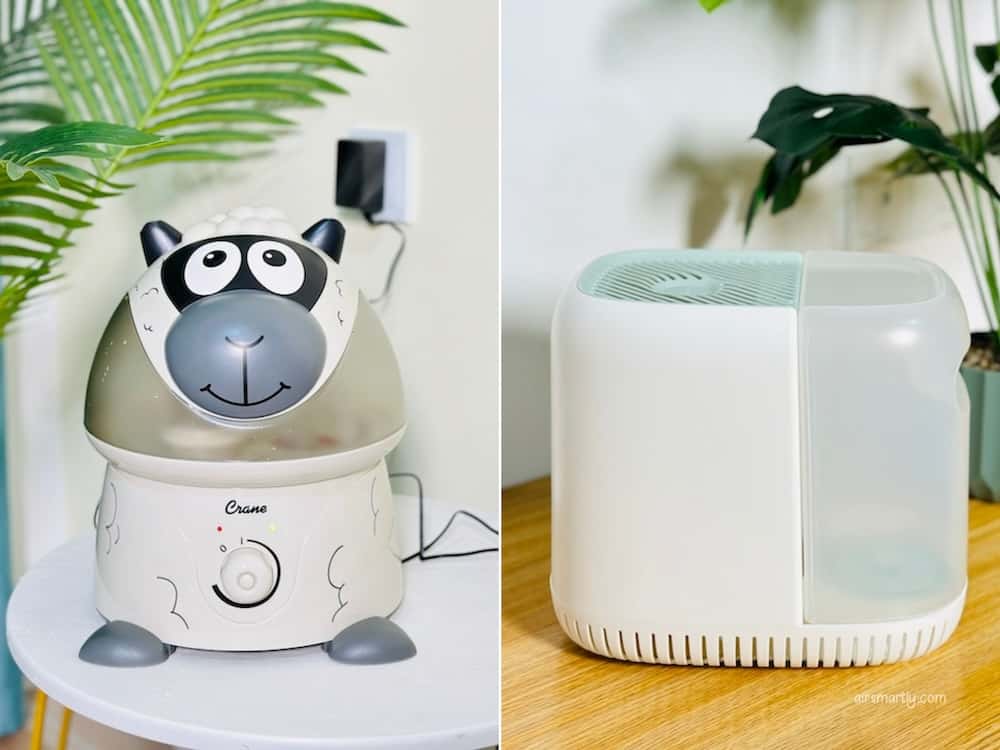Humidifiers are a useful appliance that reduces the dryness in the air in your home and helps dry skin. But the question is how much do they cost on my electricity bill? Or how many watts does a humidifier use? Do humidifiers use a lot of electricity? Read on to find out.
In short, a humidifier doesn’t use a lot of electricity. Usually, you will pay less than $10 for a three-month period if you use it daily for eight hours every day.
Do Humidifiers Consume a lot of Electricity?
According to the EPA, humidifiers only consume up to .11 percent of electricity in U.S. households. But the type of humidifier you use will determine how much electricity you use in your home.
You can use an appliance energy calculator to see how much electricity exactly you use. Not only for humidifiers either! You can calculate any appliance used in your household. This will answer the question: Do humidifiers use a lot of electricity? If so, how much?
How Much Electricity do Humidifiers Use?

Because of design and function, humidifiers will have different energy consumption rates. This will also depend on their class and size. Different humidifiers are best for different needs. Listed below is the information that will help you find the right fit.
Whole House Humidifier
The whole-house humidifier has a higher voltage and current rating. Thus it consumes more energy than a portable humidifier would. They also have a separate power box, like a breaker, that needs to be installed outside of the unit.
These are also built to spread the humidity throughout the house. To do so, they use the house’s built-in ductwork through the HVAC system. These are often the best humidifiers for large homes or many stories. Some must have access to a drain to release excess water.
These tanks usually store 9+ gallons of water, and their energy consumption could use up to 250 watts or more of electricity. The humidifier settings in winter and summer also impacts electricity consumption.
Room Humidifier
There are a variety of different room humidifiers you can get. These are useful, especially if you don’t need your entire house humidified. They come in four different styles, with different humidifying methods.
One example is the evaporative humidifier. This uses a fan that is driven by a motor through a filter or wick to evaporate the water into water vapor. These units work well but will need cleaning as they can foster the growth of bacteria and mold. They are quiet and inexpensive.
Another type is an impeller humidifier. It uses a rotating disc that flings water through a diffuser and turns it into a mist. These can be a bit noisy.
Another unique kind of humidifier is an ultrasonic humidifier. These produce a cool mist by using ceramic plates that vibrate at a high frequency. While effective, they can also send fine dust into the air, which may aggravate allergies.
Steam vaporizers are the final type of room humidifier that warms the water and then boils. It is then released as steam into the air. While this unit is effective, you should avoid it if you have children or pets as they are at risk of getting burned if it falls. This type of humidifier is the one that consumes more electricity.
Portable Humidifier
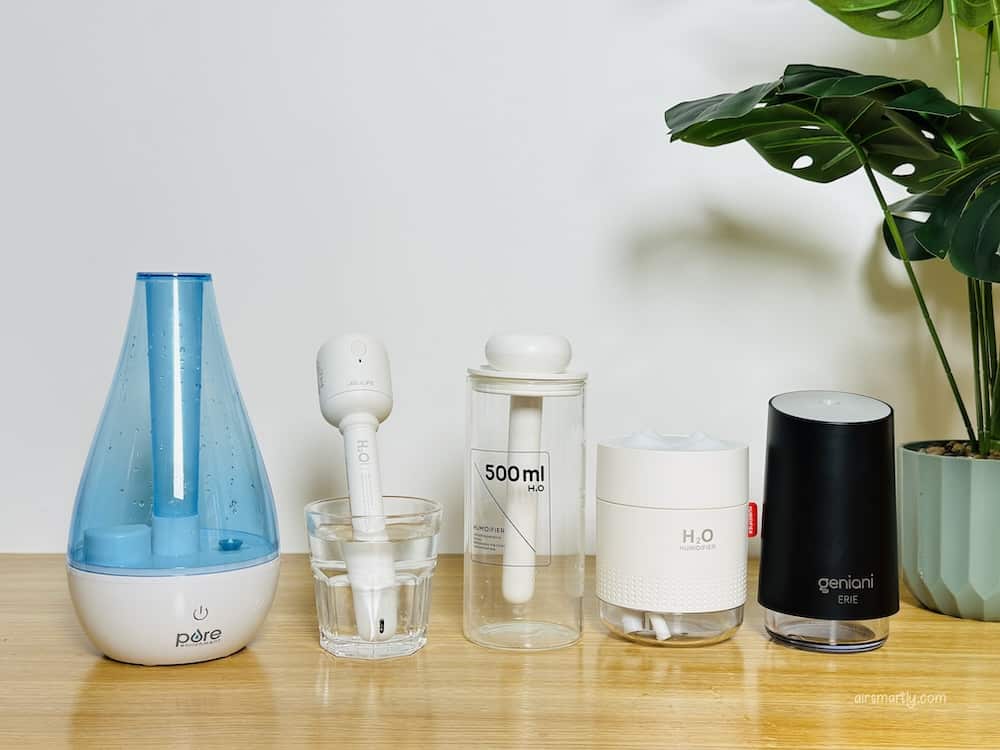
Like room humidifiers, these are moveable and be set up for easy access to cleaner, moist air. Bigger isn’t always better when it comes to humidifiers, especially for energy consumption reasons.
Saving on energy will save you money as well, and portable humidifiers are a great way to do so. Like room humidifiers, they use all the same technologies but can be more efficient when on the go.
On top of that, some of them are powered by batteries.
Factors That Affect the Use of Electricity In a Humidifier
Do humidifiers use a lot of electricity? Well, the main factor that affects the use of electricity consumption in a humidifier is the size. It can also depend on the model or type of humidifier. Portable humidifiers are smaller and more energy-efficient. The trade-off is that they cover a much smaller area.
They use a water tank that needs replacement every so often and requires a 120V outlet.
In an ultrasonic portable humidifier, there is about 44 kWh of energy used. For an energy-efficient model, it will exert about 11.8 kWh of energy per year. This way you’ll save about $1.36 in savings every year.
For a cool misting humidifier you will likely use 80 kWh of energy per year. If you are using an energy-efficient model you will save 36.2 kWh per year and save $4.17.
For a warm-misting humidifier, you will use about 220 kWh per year in energy. In an energy-efficient model, you will save 80.1 kWh a year. This values $9.22 in savings every year.
For the larger whole-house humidifiers, there will be far more energy used. But this also varies depending on the type.
A fan-powered whole-house humidifier can consume 108 kWh of energy per year. Using an energy-efficient model saves you 15.2 kWh. This will save you $1.75 annually. This can be used either with or without the HVAC system running.
The steam whole-house humidifier uses 1.915 kWh of energy per year. Savings for an energy-efficient model are 426.7 kWh a year. This results in $49.11 in savings every year. [Check the data source from EPA)
What is Energy Star Humidifier?
Energy Star is a distinction made by the EPA. It defines the products that deliver cutting-edge energy efficiency. It also explains the latest in technological innovation.
They’ve found that warm-mist humidifiers use more energy than cool-mist. A lot more, about five times more energy. To ensure your room humidifier is expending an efficient amount of energy, purchase a unit whose wattage used is less than 30.
Energy Star finds that “ultrasonic humidifiers which use high-frequency vibrations are more energy-efficient humidifiers than cool mist or warm mist humidifiers.”
Conclusion
Be sure to look at the different types and sizes for a more energy-efficient humidifier and money-saving model. This way you can save money on energy and feel better about the environment!

